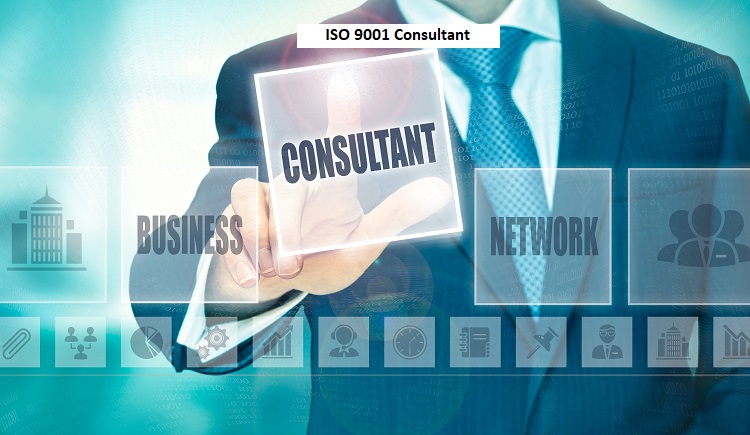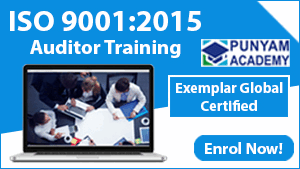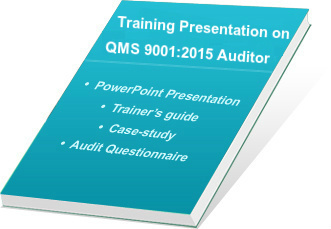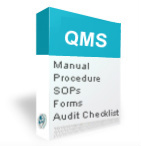A Quality Management System (QMS) has to be developed, implemented, maintained, and continually improved in any organization, according to the ISO standards the ISO 9001 standard widely accepted. Businesses may regularly provide goods and services that satisfy client and legal requirements with the aid of ISO 9001. It is based on seven quality management principles and plans to make businesses more productive, monitor and enhance business operations, cut expenses, and promote client happiness.
The following are the seven quality management tenets:
- Customer-centric
- Leadership
- Participation of people
- Action plan
- Improving
- Evidence-based judgement
- Relationship administration
Implementing ISO 9001
Implementing ISO 9001 is an ongoing process focused on improving your organization’s quality management practices. It’s important to tailor these steps to fit your organization’s specific context and needs. From establishing a strong foundation of top management commitment to fostering a culture of continual improvement, each step plays a vital role in QMS that aligns with ISO 9001 standards and drives excellence across all processes. Following are the primary ISO 9001 implementation steps, that any organization or consultant should follow:
Step 1: Obtain the Backing of Senior Management
Senior management must be familiar with the implementation of ISO 9001 and actively participate in the process. They must first comprehend the advantages of ISO 9001 before allocating the necessary funds to put it into practice.
Step 2: Understanding the ISO 9001 Rules
It is crucial to become acquainted with the ISO 9001 standard, comprehend its criteria, and master its fundamental structure, principles, and concepts before putting it into practice. The standard must be reviewed, the 10 parts’ requirements which address various aspects of a quality management system should be examined, and the requirements that apply to your company should be identified. For the standard to be successfully implemented, it is essential to comprehend its requirements.
Step 3: Conduct a Gap Analysis
Finding the discrepancies between your organization’s current practices and ISO 9001 requirements is the next step after comprehending the requirements of ISO 9001. Businesses should create an action plan to close the gaps and outline who will be responsible to whom when putting the plan into practice. The gap analysis will assist with deciding which areas require improvement for your organization to fulfil the criteria.
Step 4: Establish a Quality Management System
Setting up a QMS entails some steps and calls for a disciplined and systematic approach. Organisations must specify the main duties of each employee and the organization’s key tasks for the purpose to develop a QMS.
The following step is to create the policies, practices, and strategies that will direct the compilation of documents like the ISO 9001 manual and its implementation. Additionally, organizations should set quantifiable, explicit goals that are shared with all personnel and are constantly monitored.
Step 5: Put the Quality Management System into Practice
Based on the prior policies, goals, and goals that have been set, organizations should put a QMS into place. They ought to strictly adhere to all requirements and carry out all required procedures.
Step 6: Evaluate and Monitor Performance
Organizations must monitor and evaluate the effectiveness of their quality management systems, which can do by using established metrics and key performance indicators (KPIs). To determine areas where your organization may improve, they should monitor and evaluate the effectiveness of the processes, goods, and services, as well as carry out internal audits.
Step 7: Look for Certification
Once the QMS has been in operation for three or six months, the ISO 9001 certification procedure can be started. An authorised auditor should first assess the company’s QMS. The organization will receive ISO 9001 certification if everything has been successfully executed by all requirements and has been successful so far.
Step 8: Constantly Improve your Quality Management System
Analyse the outcomes of monitoring and measurement operations consistently to find areas that can be enhanced. To solve difficulties and stop them from happening again in the future, implement corrective and preventative measures. Maintaining the effectiveness of your quality management system requires regular upgrades.
Training and Professional Certification
Punyam Academy offers training programmes designed to advance professionals’ knowledge and expertise while assisting them in overcoming issues that could arise during ISO 9001 implementation.
Five ISO 9001 Quality Management Training Courses are provided by Punyam Academy:













